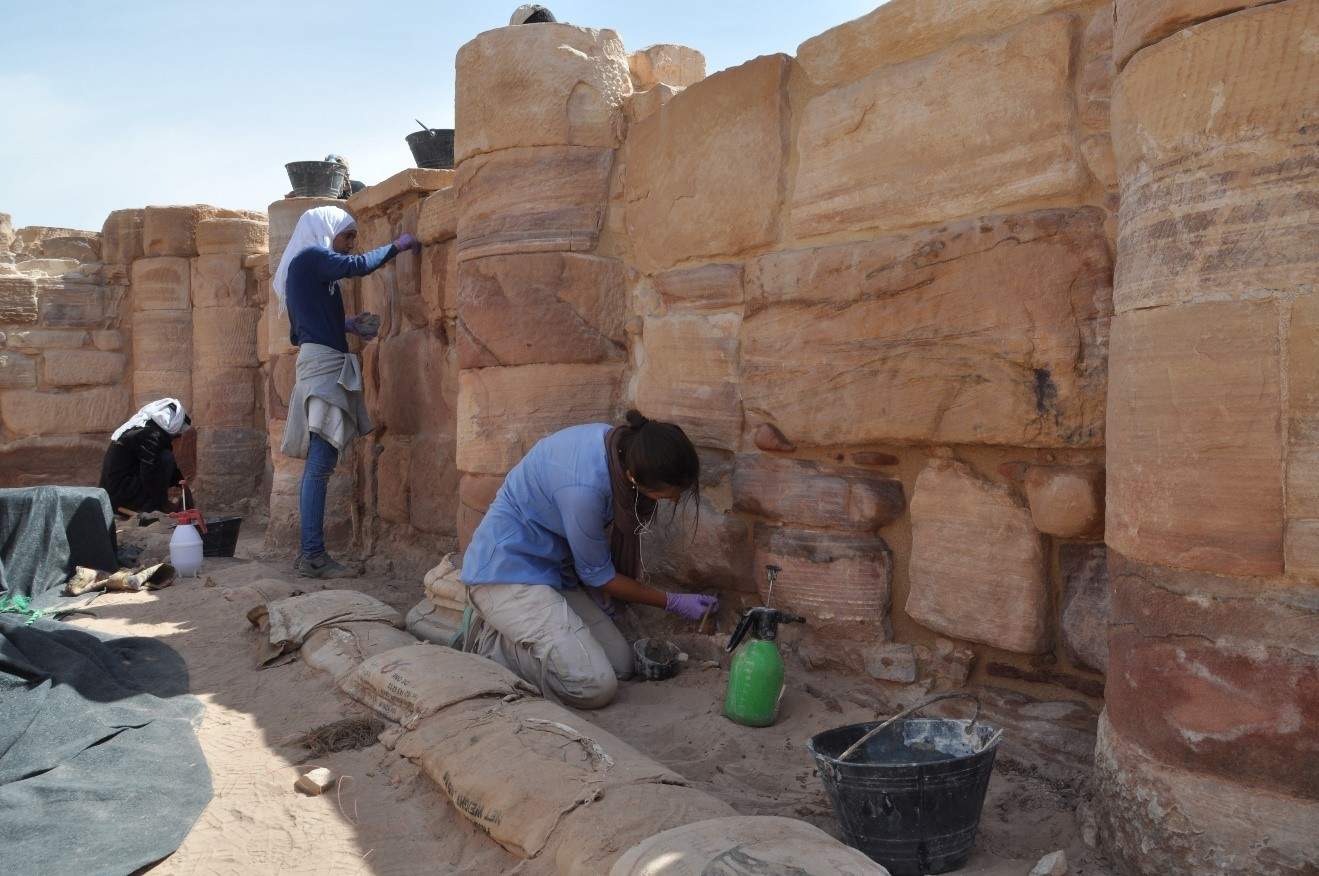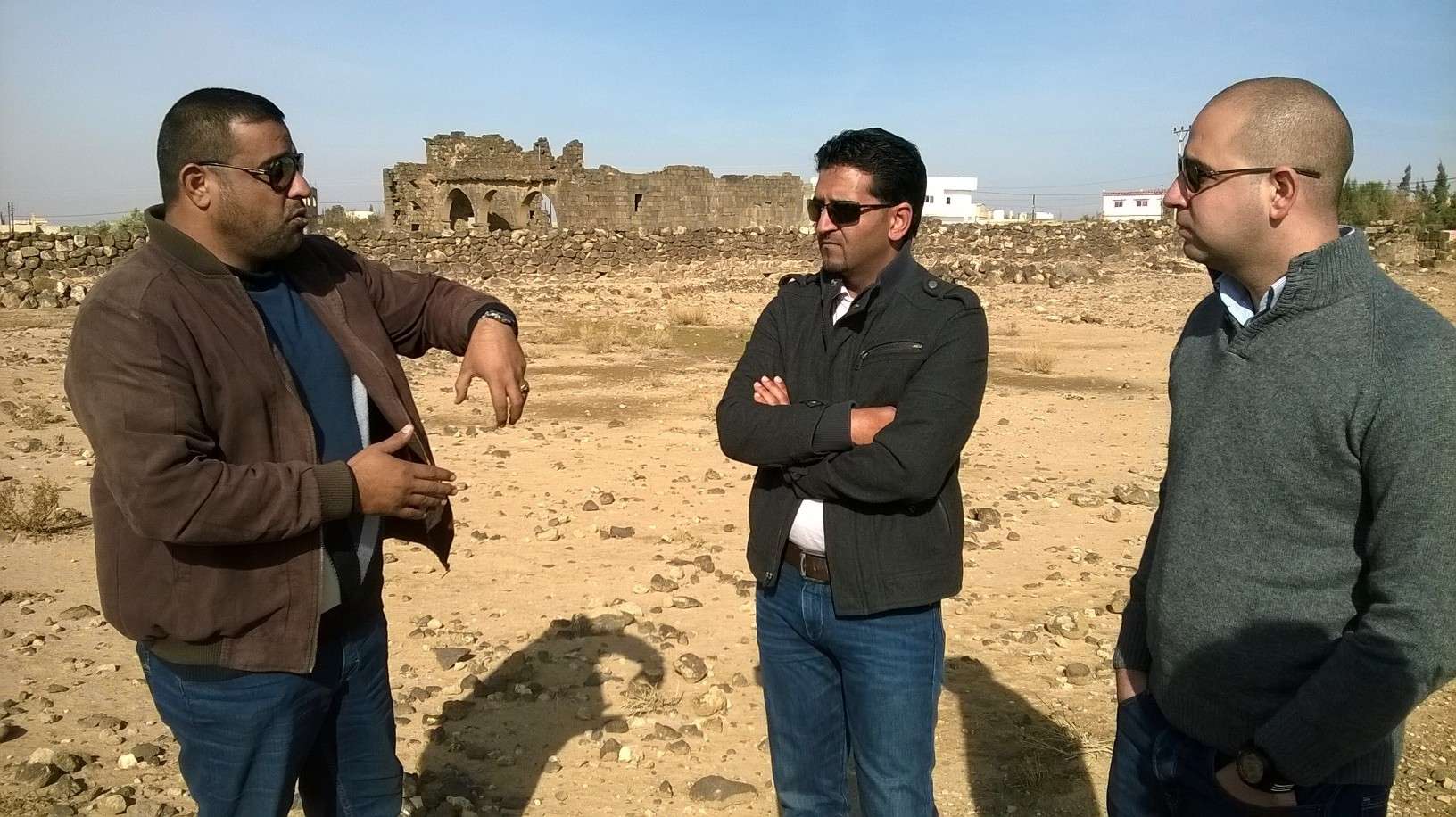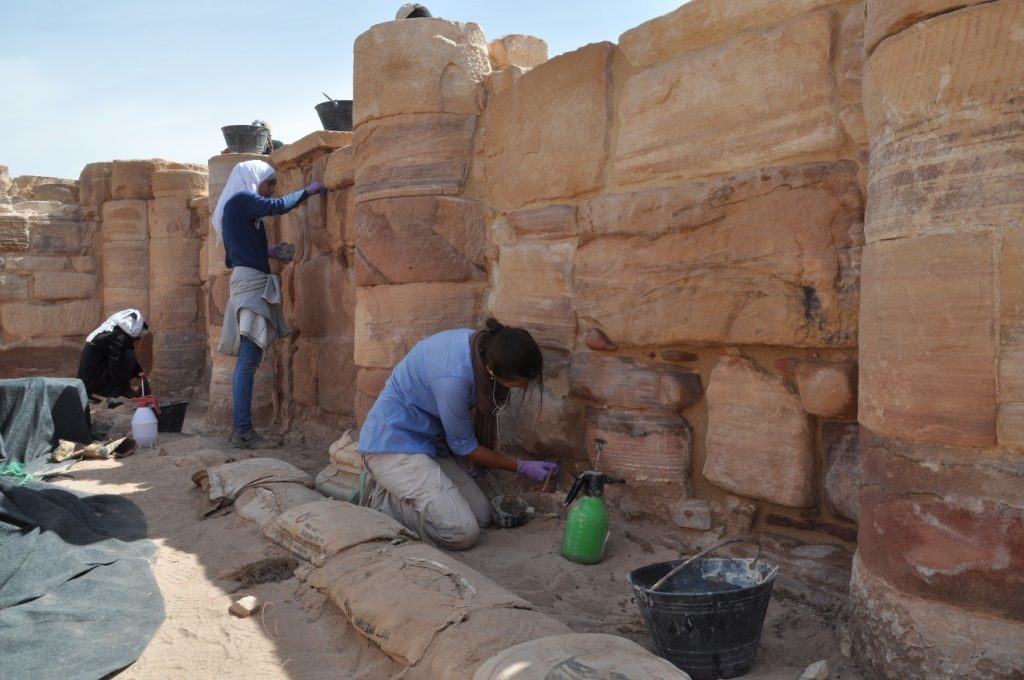
In November 2014, ACOR signed on to implement a USAID-funded initiative called Sustainable Cultural Heritage through Engagement of Local Communities Project (“SCHEP”). This four-year pilot project seeks to build a positive mutual engagement between archaeological sites/projects and their host communities.
But what does that mean?!
Over the past 40 years, there has been a growing awareness that archaeologists who benefit from research conducted on archaeological sites should consider the perspectives, concerns, and interests of the contemporary communities around their work sites. Best practice in archaeology increasingly recognizes that no stratum of cultural heritage remains is intrinsically “more important” than another. One might be better preserved than another; one might have more material remains than another; but no culture’s history is objectively more worthy of study or preservation than another’s. The contemporary community is only the most recent, most tangible “stratum” of a site’s cultural history. Unlike the strata underground, however, the site’s contemporary host community is walking around and can speak and act on its own behalf.
In a certain sense, however, the potential of the archaeological site to benefit the community—particularly through tourism—depends to a great extent on the community’s willingness to protect it. SCHEP is, at its heart, an effort to enliven the relationship between the contemporary community and its archaeological heritage. It seeks to bring benefit both to the community—via tourism and tourism-related enterprises, for example—and to the archaeological site—via increased community awareness and investment in site conservation.
SCHEP also addresses a much larger, more abstract community that we call the “community of practice,” referring to best practice in cultural heritage conservation. This community includes scholars and archaeologists, tour guides and tourists themselves, the Department of Antiquities and the Ministry of Tourism, project directors and site guards, research institutes, and universities. By engaging all of these community members in dialogue through workshops, training courses, a comprehensive website, cross-disciplinary events, and conferences, SCHEP will enrich the level of discourse about cultural heritage conservation and bring that discourse to bear on the sites themselves.

Over the coming four years, SCHEP will develop durable and mutually beneficial relationships between at least eight currently underserved archaeological sites, their host communities, and the broader community of practice. SCHEP supports archaeological research that leads to the articulation and “readability” of a site—that is, defining a site so that the casual visitor can understand what s/he is seeing. This articulation is enhanced by creating signed interpretive trails and training community guides to accompany school visits and tour groups. To this end, SCHEP asks each project director to develop a site narrative, a story that will inform and engage students and scholars, Jordanian weekenders, and international tourists. The site narrative is the important and informed story that will be told on trails, by community guides, on websites and—much elaborated—at the scholarly level.
At the same time, SCHEP is working to integrate existing initiatives in host communities to create the infrastructure for tourism. Many of these sites are not presently on tourism’s “beaten path” within Jordan. Perhaps they are far from other sites, requiring too much time commitment from a tour operator. Perhaps they are accessible, but not intelligible to the average tourist or guide. Perhaps there is another site half an hour away that has clean bathrooms! Part of SCHEP’s interest is to develop target sites to receive visitors and grasp their attention—and make them comfortable, which will hopefully then encourage them to spend a little money in the host community.
2015 is not a great year for international tourism to the Middle East. Indeed, the tourism market here is incredibly vulnerable to the negative impacts of regional conflict. Even in good years, the market is sharply seasonal—concentrated on March–May and September–October, and yielding precious little income in between. As such, SCHEP is focusing its efforts on the domestic tourism market (JD 61 million in 2011) as well and on building a solid program of school tourism. Carefully targeted development of curriculum units is aimed to attract teachers for field trips. Most of our communities are so-called “poverty pockets,” and the income from just a couple of school buses a week would positively impact local businesses. Of course we hope for more than a couple!

Building local enterprises and creating sustainable employment will be key to SCHEP’s success. To return to the matter of community engagement, local communities must reap the economic benefits of heritage and tourism development. “Inside the fence” (referring to the fences usually built around archaeological sites), SCHEP is funding the training and certification of skilled teams of local workers, and will also be helping to promote and market them. “Outside the fence,” SCHEP is bringing together a range of initiatives to promote tourism-related small businesses as well as essential infrastructure and services, such as food and beverage outlets, parking, shaded seating, and information points.
By working at both the intensely local level and within Jordan’s broader community of practice, both on focused site development and the economic capacities of local communities, SCHEP hopes to build sustainability into cultural heritage management in host communities.
Written by Erin Addison, SCHEP Projects Lead
Erin Addison is an historian and landscape architect specializing in the sustainable development of arid lands. She has lived in Jordan and worked in development and regional planning projects for most of the past 20 years, and is presently the Cultural Heritage Resource (CHR) Project Lead for USAID SCHEP, which is being implemented by ACOR.
This blog article is not official U.S. Government information and does not necessarily represent the views or positions of the U.S. Agency for International Development or the U.S. Government.


Pingback: Jordan’s Cultural Caretakers — SCHEP Launches “Site Steward” Program | The American Center of Oriental Research Blog
Are there workshops for antiquities? With many thanks
Hello,I am an architect in municipality of zarqa ,and I would like to ask if it’s possible to have a partnership with the municipality of Zarqa in aproject to decument heritage and arciological buildings or aproject to preserve the QasrjAl-shabib area.
Thank you for your support of art and antiquities so that history continues..